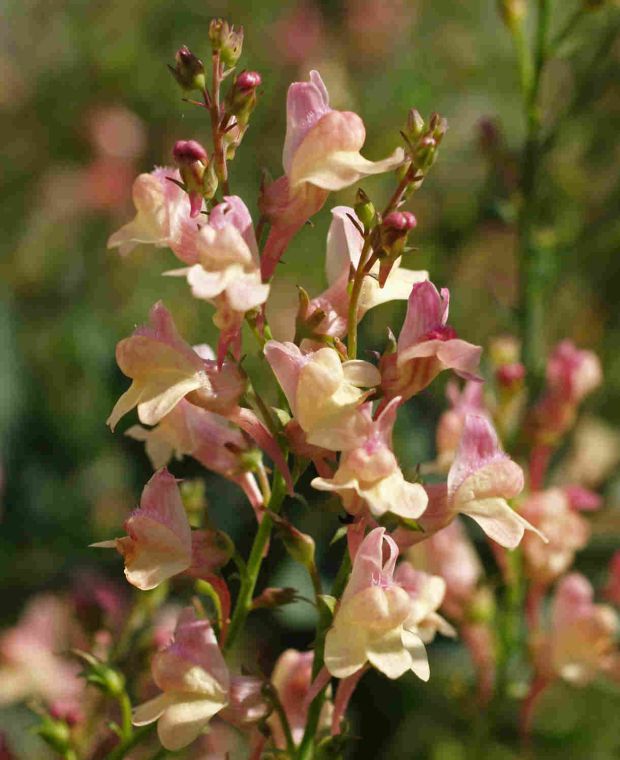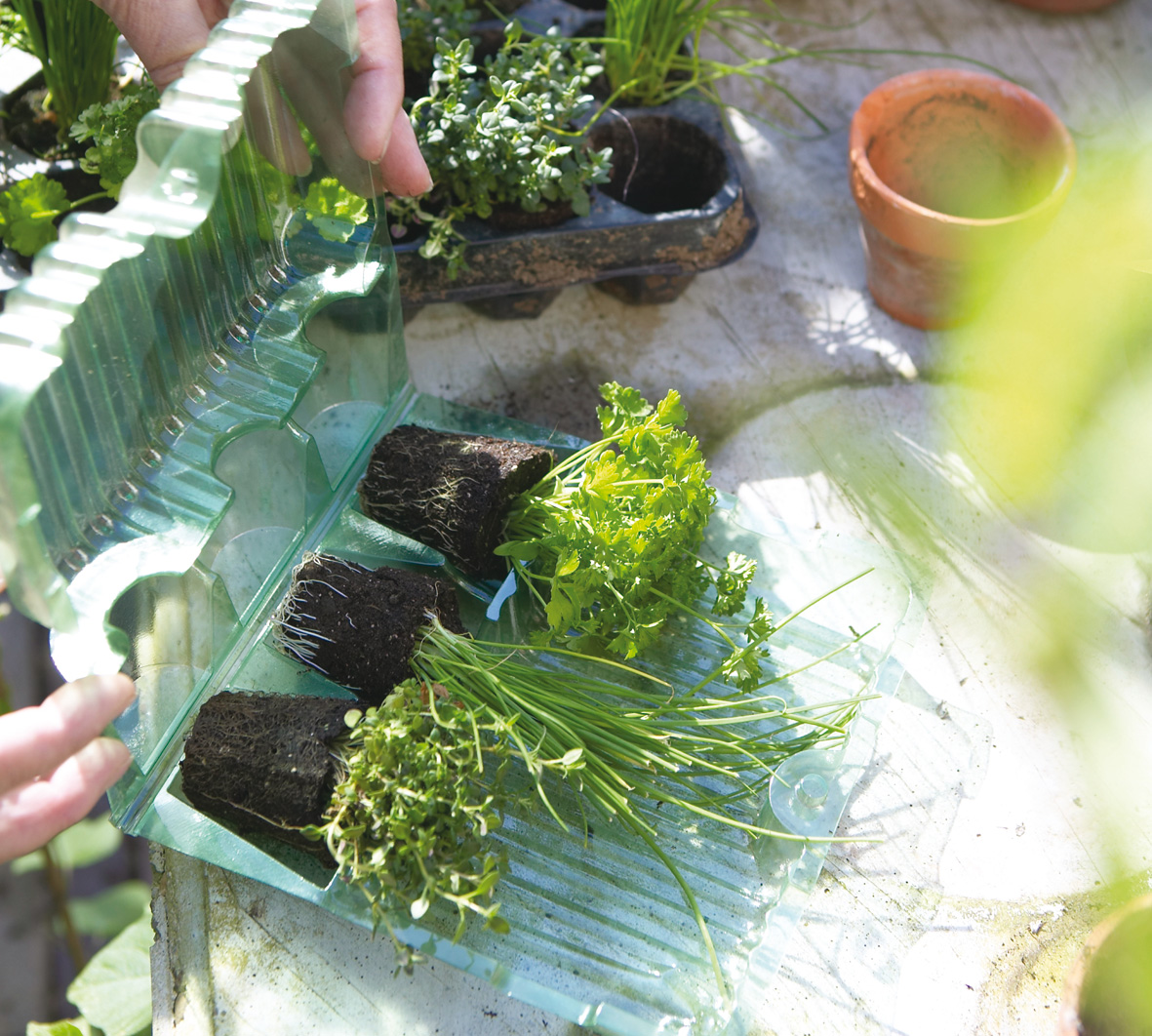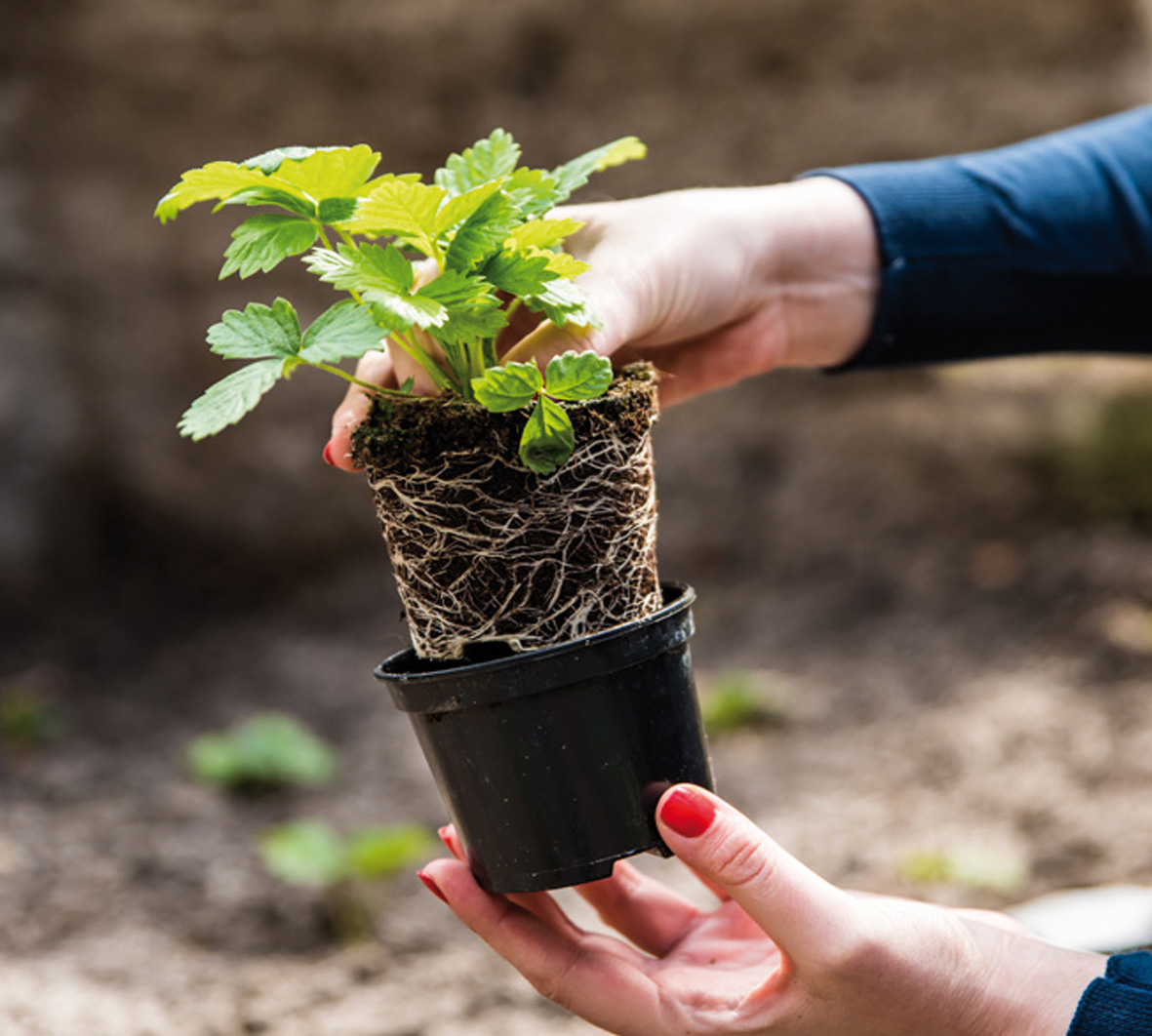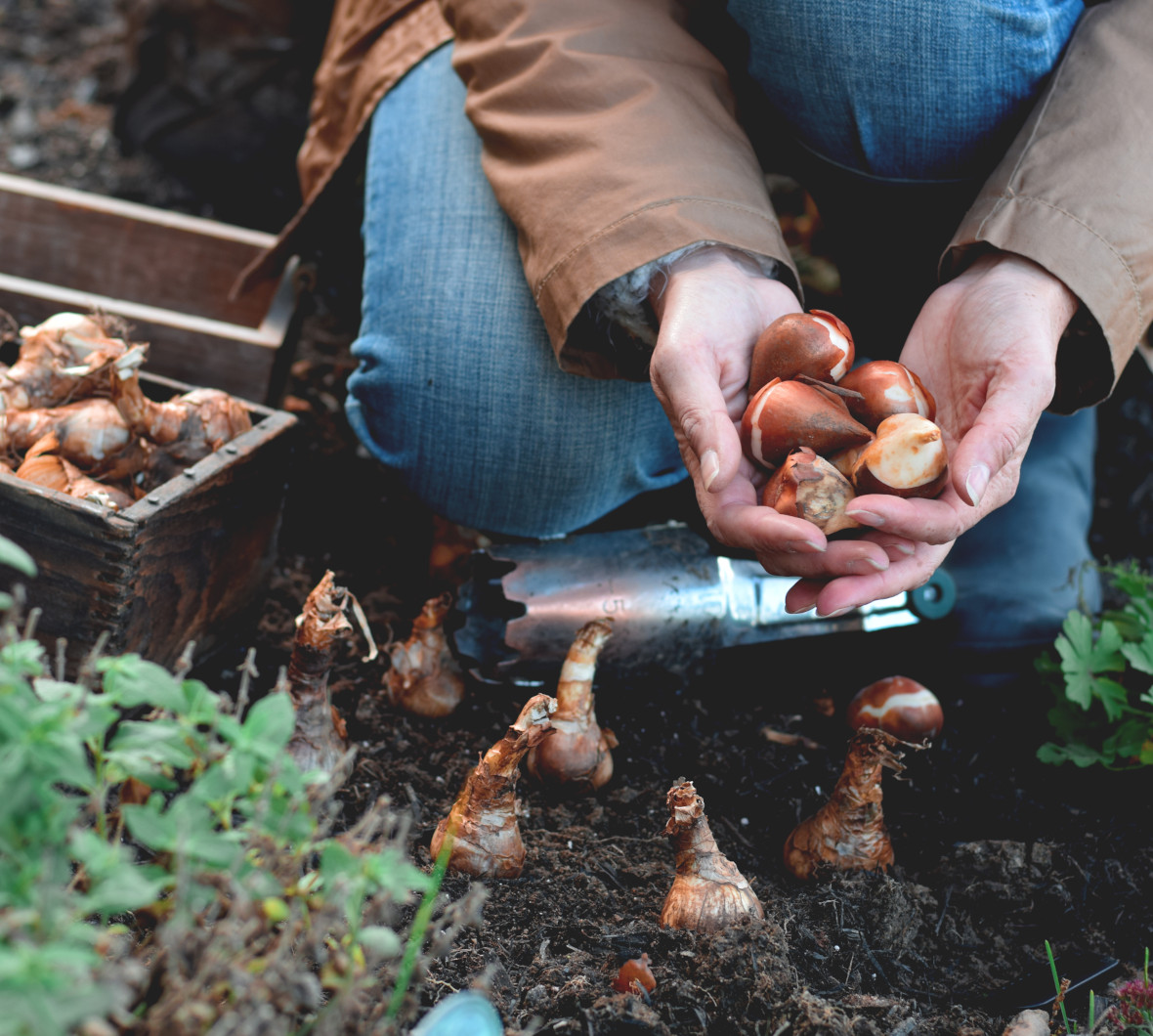Italian ‘bella’ with fruity hued flower spikes
A romantic and unusual Italian beauty, Linaria x purpurea ‘Peachy’ is more attractive to bees than the common Linaria purpurea as the flowers are larger and more readily accessible. From June to September many tall stems hold a profusion of multi-toned, snapdragon-like, peach-lemon trumpets. Foliage is upright, lance-like and clump forming with a semi-evergreen habit – the broad, grey-green, glaucous leaves emerge in March and remain until October – filling gaps and acting as a foil to the blooms above. Linaria x purpurea ‘Peachy’ will add delicate colour to your gravel gardens and rockeries, as well as fitting well with wildlife gardens. Furthermore, stems can be cut for a vase or other floral arrangement too.
Plant Linaria x purpurea ‘Peachy’ in well-drained soil of any type except clay and chalk. Position where this hardy, herbaceous perennial will benefit from full sun and a south or west facing aspect. Plants reach a height and sp
Flower and Foliage Months

Mar

Apr

May


Jun


Jul


Aug


Sep

Oct
 Foliage Month
Foliage Month
 Flowering Month
Flowering Month











